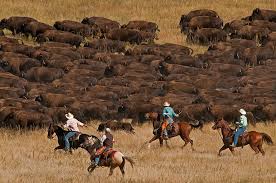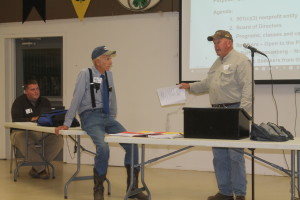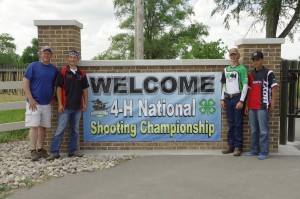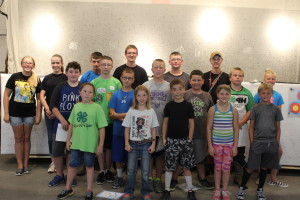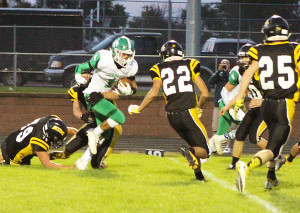Harold Eugene Wood was born on September 19, 1923 in rural Tripp County near Colome, South Dakota. He was the youngest of six born to Walter and Zilpha (Brady) Wood.
Harold attended rural school and told a story about walking home during the first day and telling his father that he thought he would like to stay home. Walter put Harold in the car and returned him promptly back to school. Harold attended Colome High School where he was a class officer and participated in athletics, school newspaper, and school plays. Graduating in 1941. While in high school, he boarded with families or lived in the dormitory the school week.
After graduation Harold attended Springfield Normal School in Springfield, SD. Shortly after Pearl Harbor was attacked he enlisted in the United States Navy. He said all young men felt drawn to enlist and ever after, Harold’s love for his country was evident. Harold served as a flight engineer on patrol plane and was honorably discharges in 1946.
Upon his return to South Dakota, Harold enrolled at SDSU in Brookings, SD where he earned a B.A. in Animal Husbandry and Agronomy and was active in Agriculture Club, athletics, SDSU Block and Bridle Club, and, livestock judging. During his college career, Harold participated in the Chicago International Showmanship Contest where he judged and exhibited livestock as well as the Little International Show at SDSU.
As Harold was walking down the street one day in Winner in his USN uniform he was spotted by his future wife who said “I am going to marry that man someday.” On December 28, 1946, Harold and Ardy were married.
They lived in Brookings until Harold graduated from SDSU and then moved back to the family farm in Tripp County where they farmed for six seasons. During that time their two eldest daughters were born.
Their lives changed when on day, a supervisor from SDSU drove in the yard and announced to Harold that he thought Harold should take the County Extension Agent position in Sully County.
Harold, Ardy. Eugenie and Mary moved to Onida in 1955 where Cathy and Brad were born. During his 25-year tenure as a county agent, Harold brought innovation to the area including advancement in beef and grain production and had a positive influence on the 4-H youth. He served in the United Methodist Church in the choir, as a Sunday School teacher, and in other capacities in the church. He also made an impact in American Legion and Masonic Lodge. Because Harold was active in almost every organization and cause during his time in Onida, he was very busy helping others.
In 1980. Harold and Ardy transferred to Aberdeen, SD where Harold was employed as the Brown County Extension Agent. Again, he impacted countless young people through 4-H. and was in the First United Methodist Church family. Harold’s children are frequently stopped on the streets throughout South Dakota by people who have story to tell hoe Harold helped them become successful or overcome hardship.
Harold golfed, followed local sports, attended his grandchildren’s activities far and near, and watched and counted birds as hobbies. But his family knew his real hobby was helping others as shown by actions such as teaching and older man to read, visiting long-time friends when he traveled through their town, and providing respite care for the wife of a man with dementia. In later years, he used the phone to stay in contact with many friends, nieces and nephews, and cousins throughout the country. It was apparent to all who knew and loved him that Harold’s philosophy of life centered on honesty, fairness, faith and acceptance and concern for all he met. Young and old were influenced and changed through Harold’s work in the church, Masonic and American Legion, and the 4-H. In later years, as a member of Shrine International, and Harold accompanied children in the Shrine van to Minneapolis for appointments. Harold left a legacy of caring and good work which continues to impact subsequent generations.

